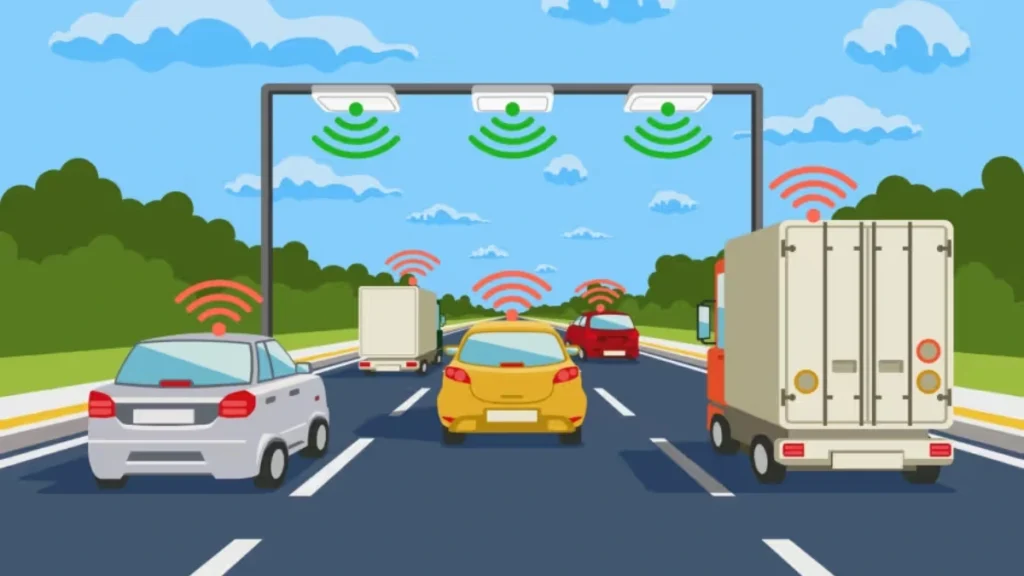A brand-new GNSS-based toll collection system that charges you according to your driving distance and provides benefits like toll-free travel for up to 20 kilometers has been announced by the Indian Ministry of Road Transport and Highways. This new system has completed its pilot or testing phase. Here is all the information you need to know about it.
What Is GNSS?
The Global Navigation Satellite System, or GNSS, is an electronic toll collection system that collects tolls on national highways and expressways using satellite technology and geographic information system (GIS) software. Additionally, this technology keeps an eye on variables like lane distribution, toll plaza wait times, and traffic-affecting weather conditions in real time.
How GNSS Toll System Work?
The location, toll name, and distance traveled are among the information gathered by the GNSS-based toll system. As a result, you will only be charged for the actual distance you drive on a certain roadway under the dynamic toll payment system.

Since tolls are now collected manually, you may end up paying for additional kilometers that you did not even travel. The onboard unit uses the GNSS technology to track your distance traveled and charges you appropriately.
How Vehicles Are Charged by the GNSS System?
The new system will first operate in a hybrid paradigm with FASTag. Vehicles equipped with GNSS devices will have access to designated lanes at toll plazas. Similar to the FASTag system, the fine for non-GNSS-equipped cars using GNSS lanes could be twice the toll amount.
Similar to FASTag, the onboard device of a passing vehicle will send signals to process charges, which will be handled by fintech companies. The notification also mentioned that, once a day, vehicles traveling up to 20 kilometers in either direction would pay no toll fees via the GNSS system. On national highways, tolls will be applied for all distances traveled, including the first 20 kilometers, for distances longer than 20 kilometers.
The new satellite-based toll collection system is anticipated to be implemented shortly, though the government has not yet established a timeline for a statewide rollout.
The new satellite-based toll collecting system has advantages over rapid tag, including fewer maintenance costs and more income due to decreased toll evasion. The system is also scalable to handle large amounts of traffic. Additionally, it will make it possible for cars to travel almost nonstop at toll plazas, saving fuel and lowering the requirement for extra management staff.







